Chief Minister Pushkar Singh Dhami of the northern Indian state of Uttarakhand said on November 27 that efforts to evacuate 41 workers trapped inside the Silkyara tunnel in the state's Uttarkashi district for more than two weeks are continuing, according to ANI news agency.
The workers have been trapped in a 4.5-km tunnel under construction in the Himalayan state of Uttarakhand since a section of the tunnel suddenly collapsed early on November 12. So far, they are safe and have been provided with light, oxygen, food, water and medicine through a narrow pipe, according to Reuters.
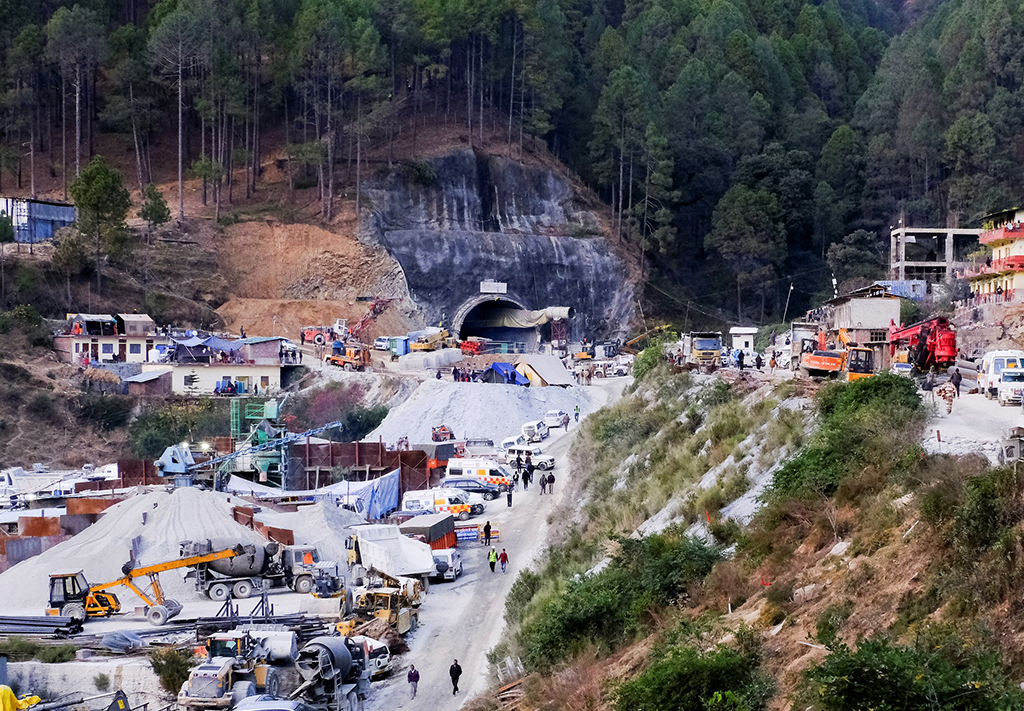
Rescue workers struggle to reach 41 people trapped inside the Silkyara tunnel.
"War-like situation"
However, efforts to evacuate the trapped workers in the Silkyara tunnel have been slow and complicated by debris falling onto the tunnel entrance. Thick metal beams are blocking the passage and using conventional cutters to clear them from inside the tube, which is only wide enough for a man to crawl through, is difficult, according to AFP.
For relatives of the trapped workers, it is an unending ordeal. Indrajeet Kumar, whose brother Vishwajeet was among those trapped in the tunnel, said he was “on the verge of tears” when his brother asked over the intercom why they were still trapped.
Rescue in Indian tunnel: Cross section damaged, must drill from above
Faced with the situation, senior rescue official Syed Ata Hasnain on November 25 called for "patience" and stressed: "A very difficult operation is underway," according to AFP. "When you do something with mountains, you cannot predict anything. This situation is like war," Mr. Hasnain said.
The rescue operation was delayed in part due to repeated mechanical failures. Rescuers hoped to complete drilling through the rock and creating a tunnel large enough to allow the victims to climb in and out by the end of November 23, but had to suspend the operation after the machine base was damaged. Drilling resumed shortly after the evening of November 24, but was halted again when the drill malfunctioned and had to be withdrawn completely.
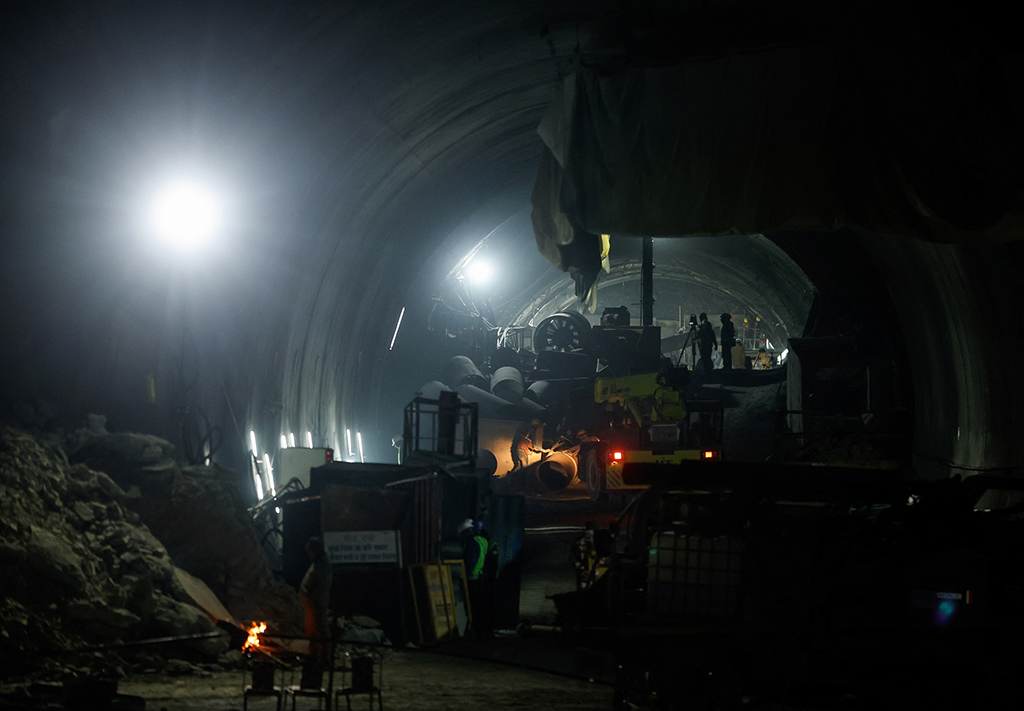
Rescue workers work at the Silkyara tunnel on November 26.
Switch to manual drilling
By early on November 27, the horizontal drilling rig had been cut and removed using a plasma cutter, and manual drilling to reach the trapped workers began during the day, ANI reported, citing tunnel expert Chris Cooper. "It really depends on the structure of the soil. It could be quick, it could take a little longer. If we hit a lattice girder, we'd have to cut the lattice girder, but we're confident we can get through," Cooper said.
Retired Lieutenant General Harpal Singh, a former chief engineer of the Indian Army, said yesterday that there was no other way but manual methods to reach the trapped workers. A team of six experts has reached the site to carry out manual drilling, according to ANI.
Earlier, on November 26, Indian rescue forces began drilling vertically from the top of the mountain, right above the trapped workers. The drilling process is progressing rapidly as 31 meters have been drilled out of the 86 meters needed to reach the workers trapped in the Silkyara tunnel. The drilling is to lay a 1.2 meter diameter pipe to support the rescue work.
Speaking at a press conference in Uttarkashi on November 26, Mahmood Ahmad, CEO of the National Highways and Infrastructure Development Corporation (NHIDCL, India), said: "We have to drill about 86 meters and complete it within 4 days, that is, before November 30. Hopefully, there will be no more obstacles and the work will be completed on time."
The Silkyara Tunnel that partially collapsed is part of the Char Dham pilgrimage route, one of Indian Prime Minister Narendra Modi’s most ambitious projects. The 890-km, two-lane road connects four important Hindu pilgrimage sites and cost $1.5 billion to build, according to Reuters.
Source link



![[Photo] The 1st Congress of Phu Tho Provincial Party Committee, term 2025-2030](https://vphoto.vietnam.vn/thumb/1200x675/vietnam/resource/IMAGE/2025/9/30/1507da06216649bba8a1ce6251816820)
![[Photo] Panorama of the cable-stayed bridge, the final bottleneck of the Ben Luc-Long Thanh expressway](https://vphoto.vietnam.vn/thumb/1200x675/vietnam/resource/IMAGE/2025/9/30/391fdf21025541d6b2f092e49a17243f)
![[Photo] President Luong Cuong receives President of the Cuban National Assembly Esteban Lazo Hernandez](https://vphoto.vietnam.vn/thumb/1200x675/vietnam/resource/IMAGE/2025/9/30/4d38932911c24f6ea1936252bd5427fa)
![[Photo] General Secretary To Lam, Secretary of the Central Military Commission attends the 12th Party Congress of the Army](https://vphoto.vietnam.vn/thumb/1200x675/vietnam/resource/IMAGE/2025/9/30/9b63aaa37ddb472ead84e3870a8ae825)
![[Photo] Solemn opening of the 12th Military Party Congress for the 2025-2030 term](https://vphoto.vietnam.vn/thumb/1200x675/vietnam/resource/IMAGE/2025/9/30/2cd383b3130d41a1a4b5ace0d5eb989d)


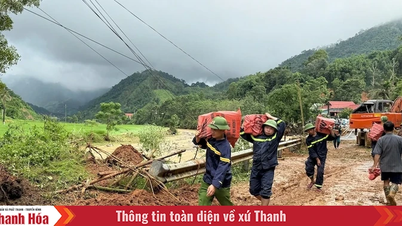

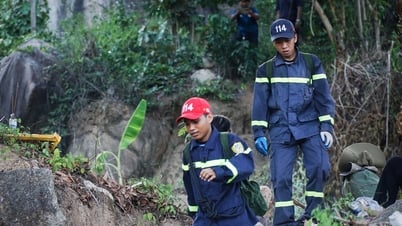

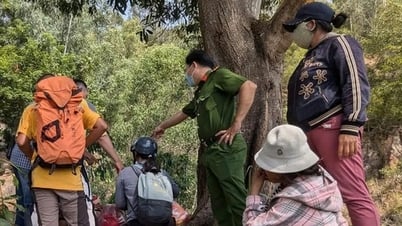

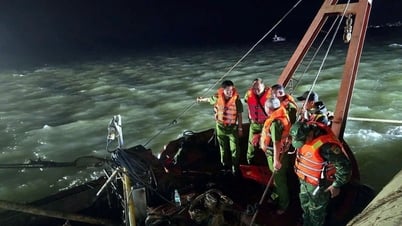

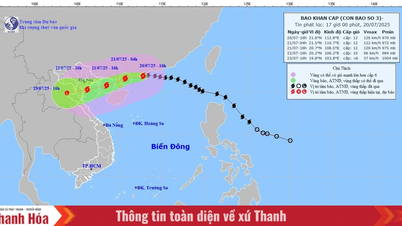


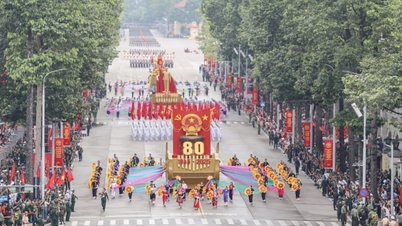


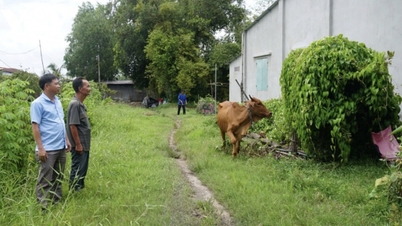








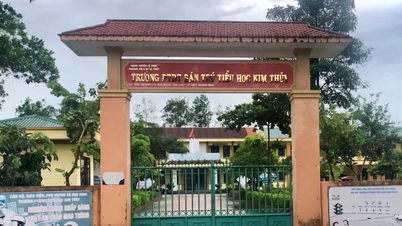






























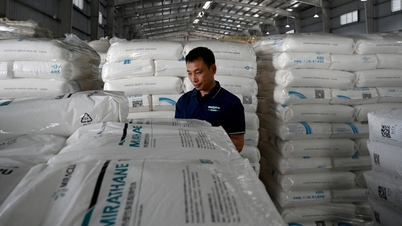


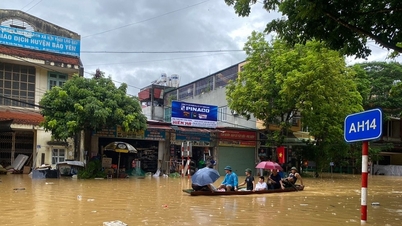












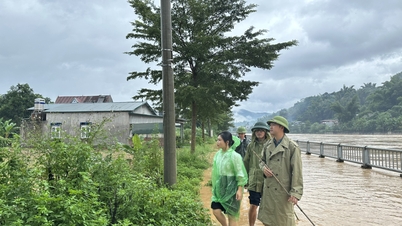

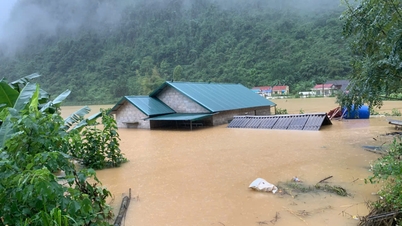
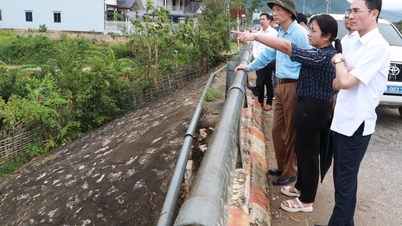
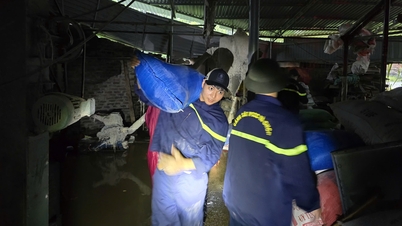

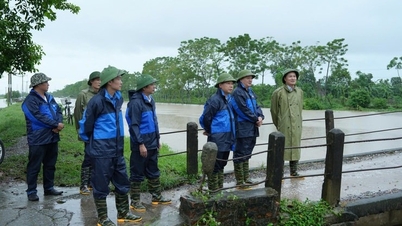
















Comment (0)